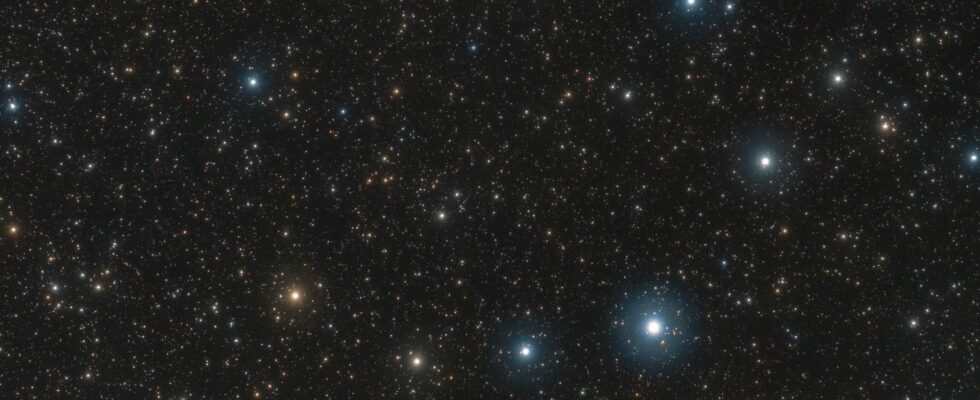The French will soon be able to observe a new “star” in the night sky with the naked eye. Then, the star will suddenly disappear. How can we observe the nova T Coronae Borealis when it becomes visible?
A “new star” is about to shine briefly in the sky. Its momentary brilliance should be visible as far away as France. You should not miss the event, because it will be rare on a lifetime scale and will not last long. “The star” will be visible for up to a week before plunging back into obscurity, notes the New York Times in an article dated March 8, 2024.
An explosion that only happens once in a lifetime »
The phenomenon that France is about to witness, as well as the rest of the northern hemisphere of the planet, does not in reality correspond to the birth then sudden death of a star. It is a nova, that is to say a star suddenly becoming brighter, then returning to its usual brightness. The object in question is known as T Coronae Borealis, abbreviated as T CrB. This nova is about 3,000 light years away. For the observer, it is located in the constellation of the Corona Borealis, or “Corona Borealis” (located in the extension of the “handle” of the saucepan drawn by the Big Dipper).
The phenomenon of the nova is different from supernova (the explosion of a star).
The explosion of T Coronae Borealis, resulting in the appearance of a “new star”, is expected to occur between April and May 2024. It’s a once in a lifetime event. », Underlines Alexandra Doten, former NASA communications specialist, now known as Astro Alexandra on TikTok and other social networks. The last time T Coronae Borealis was seen without a telescope was 80 years ago, she explains. “ But this year, it will become as bright as the North Star, almost all at once, and it will only last a few days. »
How to find the nova T Coronae Borealis in the sky?
When the nova T Coronae Borealis becomes visible, it will therefore be necessary to look for it with the naked eye, in the constellation of the Corona Borealis. In addition to its proximity to the Big Dipper, this constellation is easily identified by its semi-circle shape. The T Coronae Borealis nova will be visible outside the semicircle, towards the area shown in red in the following map.

What is a recurring nova?
T Coronae Borealis is a so-called recurring nova, composed of a red giant star (a star at the end of its life which has expanded) and a white dwarf (a very dense star). The latter absorbs matter from the red giant. “ All this accumulates to create a dense atmosphereexplains Alexandra Doten. This atmosphere is heated to a high level and begins to fuse, causing the star to explode, which is very bright. »
This phenomenon occurs at regular intervals in the life of this binary system. Among the few known recurring novas, T Coronae Borealis is the one with the longest time between two explosions, a delay of around 80 years. The last explosion of T CrB occurred in 1946. Other explosions were observed in 1866, 1787 and 1217. Thanks to observations of T Coronae Borealis, astronomers know that the nova “convulses” just before its explosion and can therefore roughly estimate the time of its next appearance in the sky.
Do you want to know everything about the mobility of tomorrow, from electric cars to e-bikes? Subscribe now to our Watt Else newsletter!
